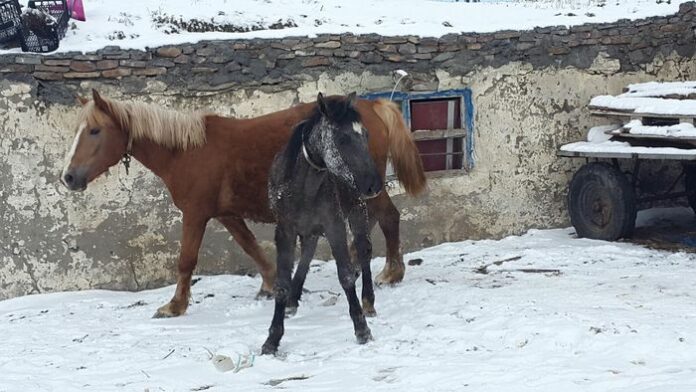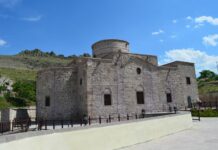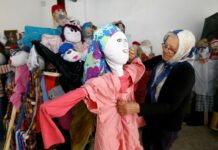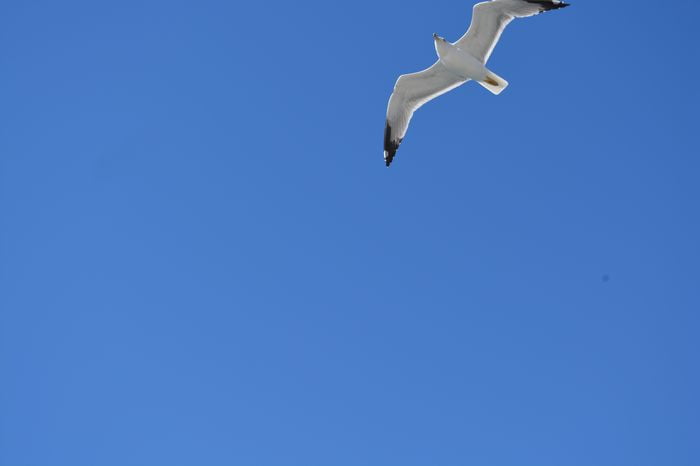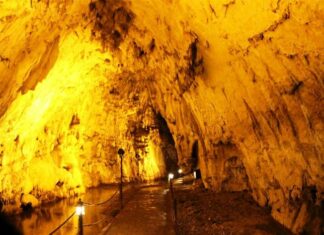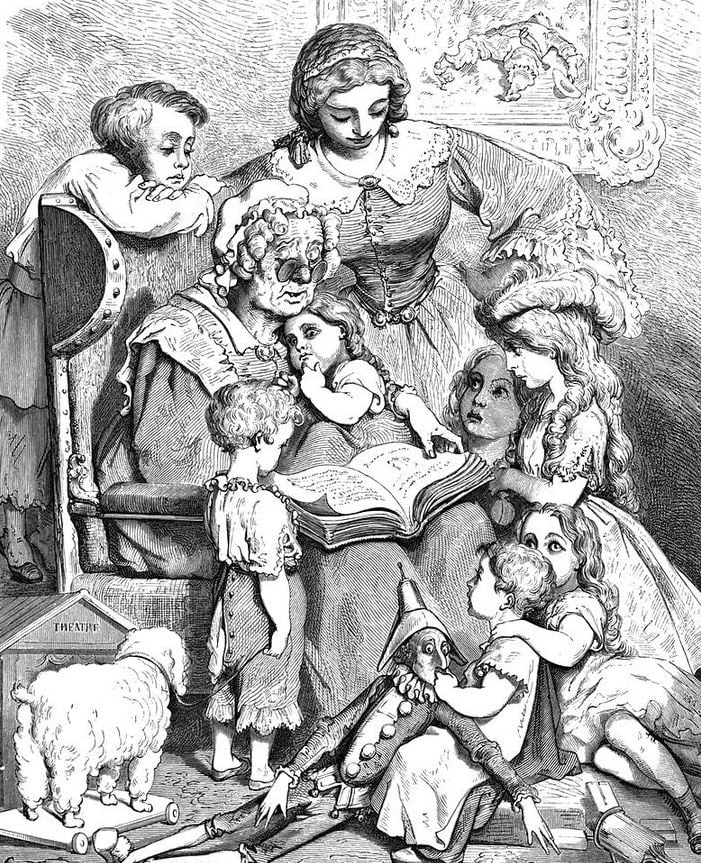The Deesis composition in the apse features Christ, called the “Most Benevolent,” with Theotokos (Mary) on the left and John the Baptist on the right of the bema (altar area).
Archangels Above the Deesis
Above them, there are four archangels shown in bust form—Michael, Gabriel, Raphael, and Uriel The Congress of Berlin and Its Decisions.
Christ’s Unique Image and Blessing
Christ is shown raising His hand in blessing. This style appeared suddenly in the late 11th century during the reign of Emperor Michael IV and is linked to the decoration of the Church of SS. Cosmas and Damian.
The title “Most Benevolent” has never been found on any other image of Christ and is not recorded in Dionysios of Fourna’s famous guide on icon painting from the 16th century. This unique Deesis image and inscription seem to be a special choice by Maria Ephesus Sightseeing.
The Virgin’s Footstool
Mary stands on a jewelled footstool, elevating her above John the Baptist, who stands opposite her in the bema.
Details of John the Baptist’s Image
In this image of John the Baptist, his feet are still in the underpainting, with only highlights added in white mosaic.
Christ’s Robes and Facial Features
The Pantokrator’s robes are a deep, rich blue and carefully designed. His face is highly detailed, but one eye is damaged.
The Dedication and Date of the Mosaics
The parekklesion (small chapel) was dedicated to Our Savior. While the exact date of these mosaics is uncertain, they likely date from around 1310, making them from the same period as the mosaics in Chora Church.
Source of Information
Most of this information comes from the book The Mosaics and Frescoes of St. Mary Pammakaristos by Hans Belting, Cyril Mango, and Doula Mouri.
